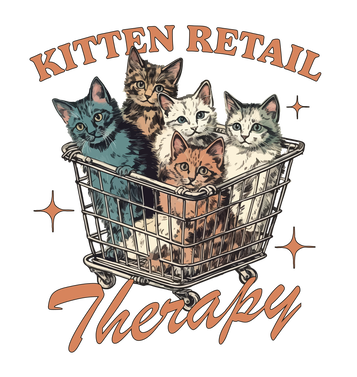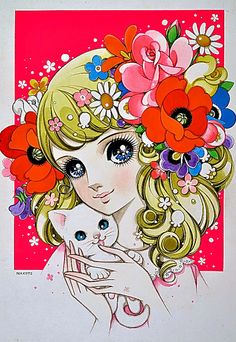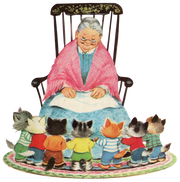|
Scottish Fold cats and Ragdoll cats are both popular breeds known for their unique traits and temperament. However, there are some differences between the two:
Persian cats and Exotic Shorthair cats are both popular breeds known for their distinct appearance and affectionate nature, but there are some key differences between the two breeds.
Ragdoll cat vs Persian cat: Ragdoll Cats:
Munchkin, Persian, and Ragdoll cats are all unique and distinct breeds with their own characteristics and qualities. Here's a comparison of these three breeds:
Choosing a cat breed can be an exciting but challenging decision. Each cat breed has its own unique characteristics, temperament, and care requirements. To help you make the right choice, consider the following factors:
0 Comments
Leave a Reply. |
AmyMy name is Amy and I raise kittens. Archives
July 2024
Categories |




 RSS Feed
RSS Feed